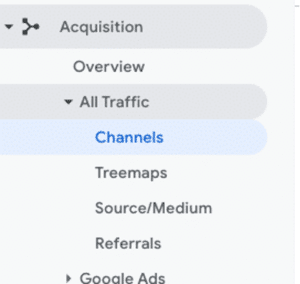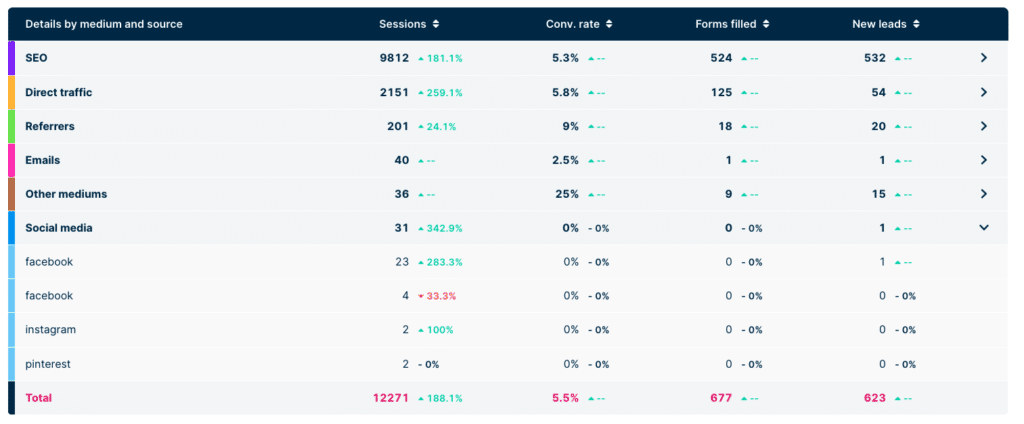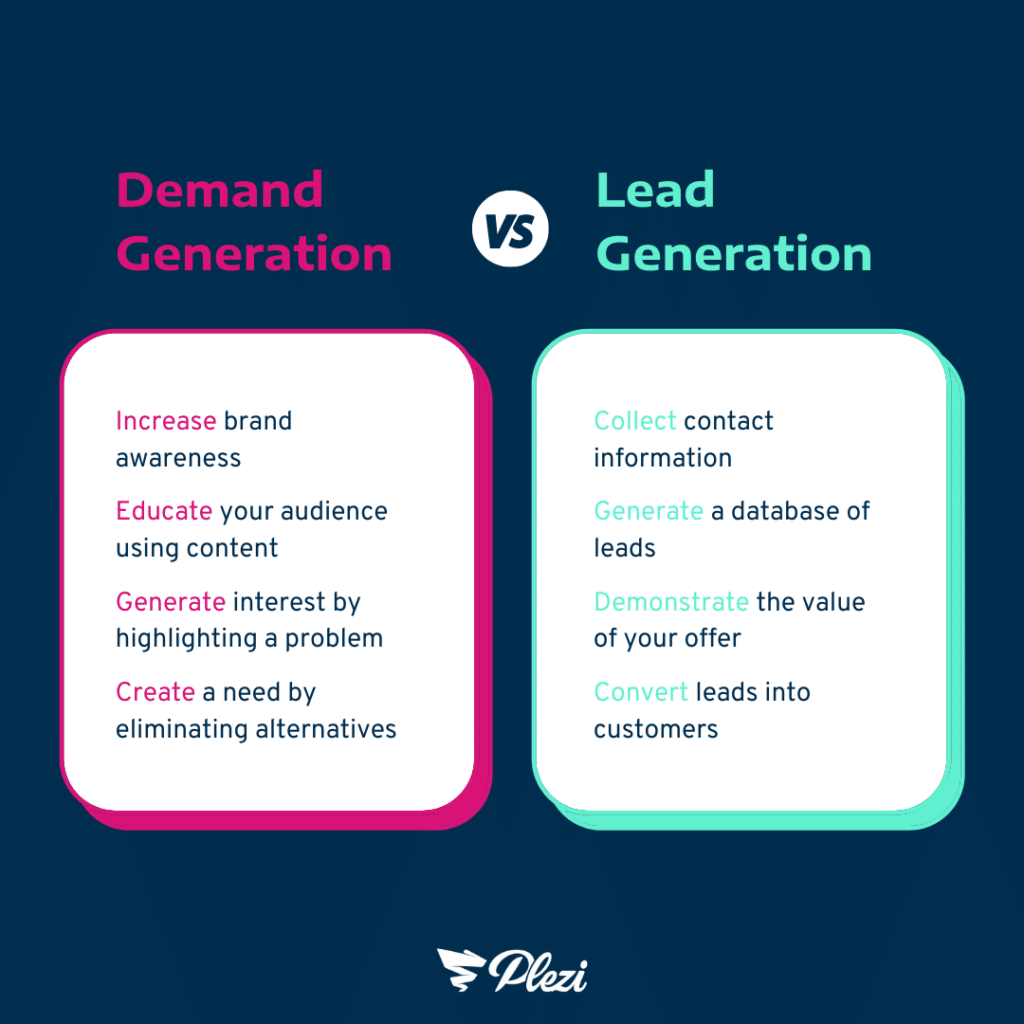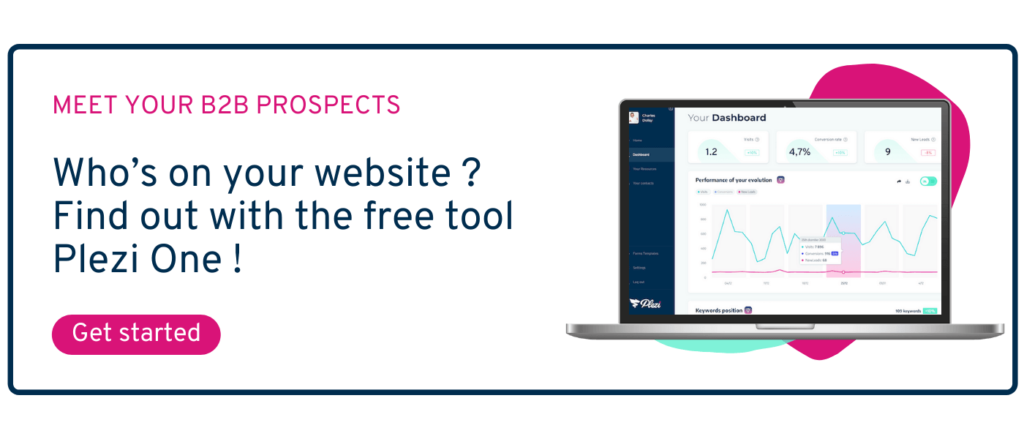Being active on social media is one of the best ways to maintain contact with customers, reach a new audience for your blog, or bring people back to your website. Yet social traffic still often takes a back seat as a source of traffic to organic search or pay-per-click advertising.
So why is social traffic important? How can you track social media traffic to your website and increase it? We’ll tell you everything you need to know in the post below.
What is social traffic?
Social traffic refers to visitors that come to your website from social media. Social traffic is one of the main traffic sources tracked by web analytics tools like Google Analytics, along with search traffic, paid traffic, and direct traffic.
For example, someone who clicks on a link to your website in a LinkedIn post or a tweet will be counted as social traffic.
However, traffic that is known “dark social” traffic will not be counted as social traffic by web analytics tools. Dark social traffic refers to visits from links shared in private messaging apps like WhatsApp or Facebook Messenger. These visits are counted as direct traffic because web analytics tools don’t have information about the exact source of dark social traffic.
How to track social traffic to your website
You can track and analyse your social traffic in one of two ways. You can use an analytics tool like Google Analytics, or Plezi One, our free tool that will help you turn visitors to your website into leads.
Using Google Analytics
- Log in to your Google Analytics account.
- In the left menu, click on the Acquisition tab
- Under “All Traffic”, click on Channels
- Here you will see traffic broken down by different channels, including social traffic, over the period indicated.
Using Plezi One
- Log in to your Plezi One account or create one for free here.
- In the Dashboard, you will find the report “Website performance by digital channel”
- This report will show you all sources of traffic to your website, including social traffic. With just one click, you can see this traffic broken down by social network (e.g., LinkedIn, Twitter, Facebook). It will also show you how traffic sources have changed compared to the previous period, enabling you to easily evaluate your progress.
Plezi One also allows lets you track the number of leads generated from social traffic in this report. This is essential for getting an idea of the likely quality of these visitors.
Why social traffic is important
1. Reach a new audience
The traffic sent to your website by social networks is very different to traffic sent by search engines. Internet users who enter a query into a search engine want to obtain information or find the answer to a question. That means people who come to your website from organic search are probably already familiar with your sector and your business.
Social media users are much more passive. They often look at their news feed without any specific goal in mind. They might not have heard of your business before and may not even know very much about your industry.
So social media lets you reach an audience that it would be difficult to do so otherwise, and which is at a different stage of the marketing funnel.
2. Diversify your sources of traffic
As the saying goes, it’s never a good idea to put all your eggs in one basket.
Likewise, it’s never a good idea to base your entire marketing strategy around one channel.
If all of the traffic to your website comes from organic search results, you’ll be much more at risk from changes to search engine algorithms. These could see your website go from appearing on the first page of search results to page 100 overnight.
Similarly, if your marketing strategy relies solely on advertising, you could be heavily affected if ad agencies decide to increase their rates.
Having different sources of traffic to your website, including social traffic, will ensure your marketing strategy is more balanced and help protect you from major upheaval. You can then set key goals regarding the number of visitors to your website for each channel and track them on a month-to-month basis.
3. Engage your audience
Social media also provides you with an opportunity to build an audience for your content that is engaged and loyal. And by encouraging your contacts to follow you on social networks, you give yourself yet another way to reach them.
This audience will be more responsive when you use social media to share new content or offers. This also encourages them to visit your website more often.
4. Distribute content more widely
Social media can sometimes seem to work miracles, even in B2B. One person might share your content with their audience, where it gets picked up by two people who share it with their audiences, and so on.
This will let your content reach a lot of new people, some on whom may become regular readers in the future.
How to increase social traffic
1. Be present and active on social media
Obviously, you can’t generate traffic from social networks without putting in some effort to do so.
That means:
- Creating social media accounts for your company on social networks used by your target audience and ensuring these have a professional appearance (e.g., images, company bio)
- Regularly publishing content at the right times
- Not just talking about your business. A useful rule of thumb for B2B social media is that 20% of your posts can be about your business, while 80% should provide value to your followers (e.g., industry news, content, tips, studies)
- Interacting with your audience and other influencers in your sector, by sharing, liking, or commenting on their posts.
2. Employee advocacy
Employee advocacy can be a useful strategy on social networks whose algorithms give prominence to the accounts of individuals over company accounts. This involves encouraging your employees to share your business’s social media content in a natural way.
For example, at Plezi, we encourage our salespeople and customer success managers to share our new posts and events.
Our internal messaging app has a channel for sharing content where employees can choose the content they want to share on LinkedIn. This then generates a personalized URL for their profile.
We also like and comment on our employees’ posts to give them more visibility.
These posts generate a large proportion of the social traffic to our website. This is because social media users are generally more inclined to interact with content posted by an individual than a company.
3. Make content easy to share
The great thing about social media is that other people can be encouraged to promote the content you post. They can do this by sharing your posts, events, resources, or even information about your product or service.
But you need to give them some help to do this.
For example, you can make it easy to share your content by adding social media plugins to your blog. Free tools like Nobs, ClicktoTweet, or Shared Counts will make it easy to create posts that can be shared on social media and that include links back to your posts.
4. Create viral content
Another way to encourage sharing is to create content specifically designed for social networks.
Studies with statistics are often widely shared, for example. The design and visual elements of your pages are also very important. For example, we regularly add infographics to our blog posts that make information easier to understand. Infographics like these can then be used on social media, where they are very popular.
Social media is an important source of traffic to your website. And even if you’re just starting out, you can quickly generate social traffic to your website. To do so, you just need to put in place a well-defined social media strategy for your business.
Social traffic Q&A
Social traffic includes all visits that come from social media networks. This includes, for example, all traffic from Facebook, Twitter, Instagram, LinkedIn, Pinterest, or YouTube.
You can use a web analytics tool like Google Analytics, or Plezi One, our free toll that makes it easy to comply with the GDPR.
Firstly, you need to be active on social media and interact with both your audience and influencers in your sector. You can also set up an employee advocacy programme to encourage your employees to be more active on social media. In addition, you can encourage visitors to your website to share content by adding social media share buttons.









